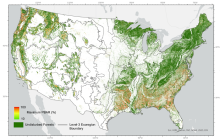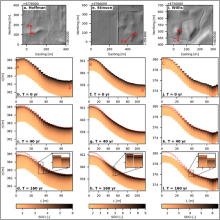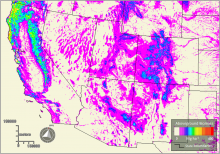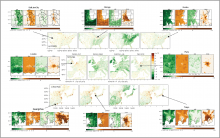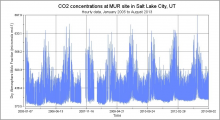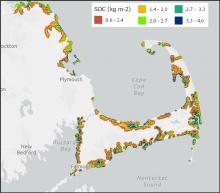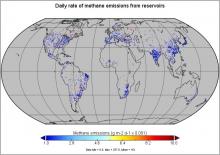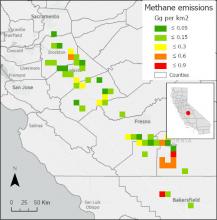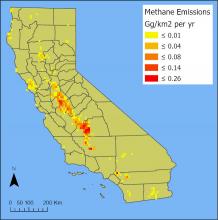NACP: Forest Disturbance Intensity for CONUS, 1986-2015
Forest disturbance intensity 1986 - 2015. This time-integrated map represents the percentage of basal area removal (PBAR) value, regardless of the disturbance year, for pixel locations where only one disturbance event was detected. The maximum PBAR is shown for locations that were disturbed multiple times.

